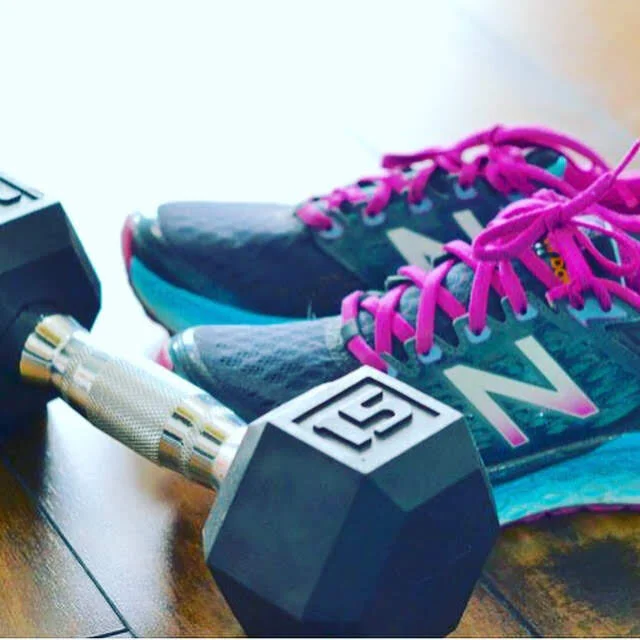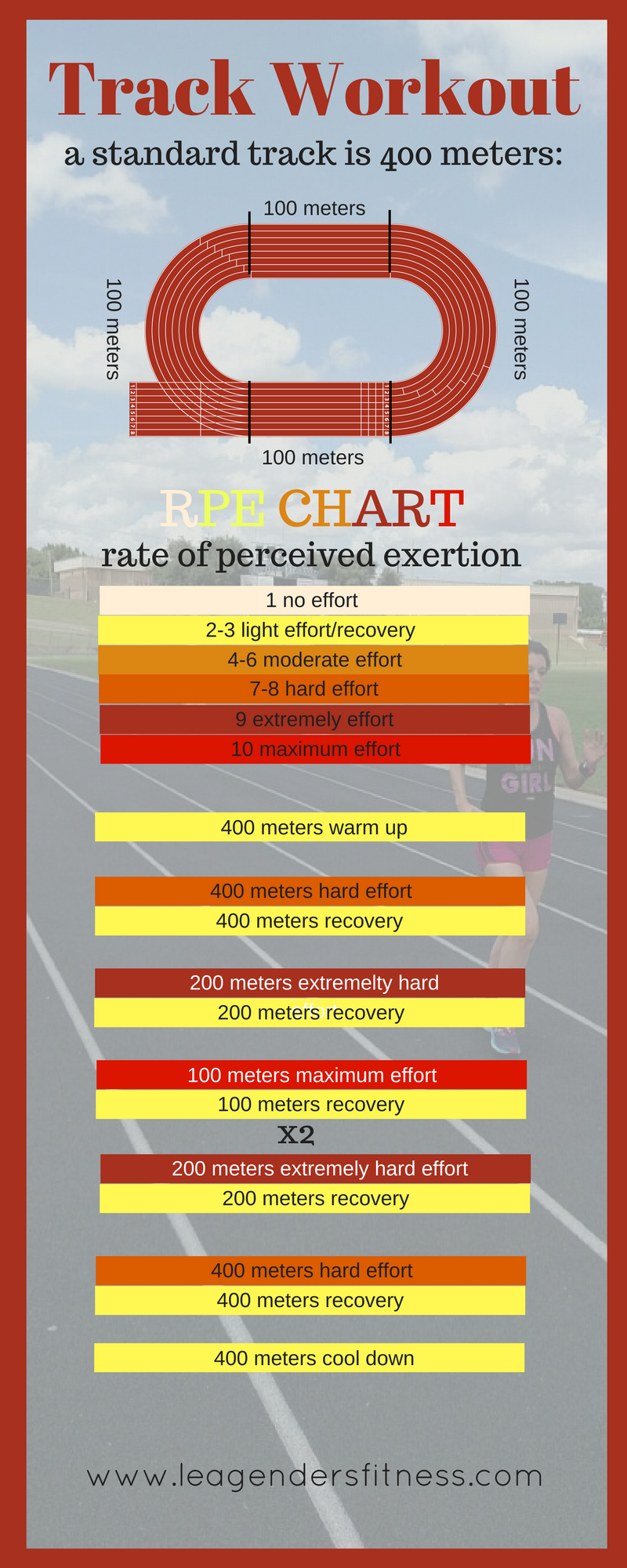HOW TO BREAK THROUGH A RUNNING PLATEAU
RUN CONSISTENTLY
If you hit a running plateau the first thing to look at is if you are running consistently. It is hard to improve if you aren't running enough to adapt. To continue to improve you need to run regularly over the long term. That means week after week you are putting in the miles. If you run for two weeks, then take a week off, then run for a week before taking another two weeks off, you won't see much improvement over time. Consistency is the key to success (in everything, not just running!). Before you follow any of the other tips in this post, make sure you have built up a solid running base by running on a regular basis for four to six weeks. If you haven't been doing this, you'll likely see improvements by just running more consistently.
VARY YOUR PACE
Once you are running on a regular basis for a period of time, most people will be ready to start varying their paces. If you run the same paces at every workout, your body will adapt and you will cease to improve. There are two ways I recommend my runners to add in faster paces into their routine. Varying your paces during your workouts can help you break through a plateau.
1. TEMPO RUNS
Tempos are run at a pace often described as "comfortably hard." Notice I am not telling you what pace you should run. Only you know (and your coach if you are working with one) knows what a comfortably hard pace feels like to you. It is just what it sounds like, it should feel hard, but not so hard that you can't maintain it over 3-5 miles. Most people are not able to hold ongoing conversations at this pace (maybe just a few words or a sentence between breaths). It is not a sprint. It is a faster pace than a comfortable pace, not so fast that you are gassed after 500 meters. Play with it. Experiment. Find the pace for you. You may find that you go out too fast and can't maintain it. Slow down, catch your breath and try again. Tempo runs help train your body to run faster with less effort.
2. FARTLEKS
Fart...what? Fartlek is a swedish word that means speed play. I like Fartleks because they are unstructured and fun! You don't have to try to hit certain paces for a predetermined amount of time. Leave the GPS watch at home at hit the streets for a fun and unstructured interval session. Always warm up before your workout, run at an easy pace for five or ten minutes, then pick up the pace when you hit a landmark, choose another landmark ahead and sprint until you get there.
For example, you may increase your pace as you run from the bottom to the top of a hill. You may start running faster at the park bench and keep going until you reach the red truck. You'll speed up at the brick mailbox and slow down to recover once you hit the stop sign. See how that works? It's unstructured, you pick up the pace based on what feels good, you run slower to recover for as long as you need. You work within your own limits and abilities without trying to hit predetermined paces or distances. It is an ideal for a runner who wants to introduce running intervals into their training plan.
HILL REPEATS
Hill repeats are an excellent way to build running strength and break through a plateau. Find a hill on a moderate incline for about 1/4 mile or one that takes about one minute to climb. Warm up before your begin your workout and run on a flat surface for 5-10 minutes before beginning your hill repeats.
Start at a relaxed pace slowly increasing speed as you crest the hill. Be sure to keep your chest and head up with your shoulders back, eyes looking forward (not at the ground). Lead with your hips as if a rope was tied around your waist pulling you forward. Once you reach the top of the hill, slow to a jog or walk and return to the bottom. Start with 3-4 repeats and increase the reps over time.
In the beginning, it may be enough to just jog up the hill on repeats to break through a plateau. You can run them faster as you get stronger. Always leave yourself room for improvement. Most athletes will thrive on just one or two hill repeat sessions a week.
STRENGTH TRAINING
Have you been running and not getting faster? Strength training can help. Runners who strength train are stronger, faster and less prone to injury. Just 2-3 full body runner-specific strength training sessions a week or 10 minutes a day after your run will make you a more well-rounded athlete. I saw my biggest running PRs after I started strength training.
REST/RECOVERY/STRESS MANAGEMENT
We don't get stronger and faster during those hard workouts. Our bodies actually adapt and get stronger during rest. If you don't rest, you don't allow your body the time it needs to recover so you can run stronger and faster in your next workout. If you are not seeing improvements in your running, take a good hard look at your rest protocol. Are you resting after hard workouts? Are you allowing your body the time it needs to recover? If you push your body too hard without adequate rest, it will eventually break down on you.
We don't train in a bubble, which just means our whole lifestyle affects our running. Are you getting enough sleep (7-8 hours a night), are you managing stress, keeping alcohol and nutrition under control? If you're not sleeping and fueling properly, your body won't have the resources available to make you stronger and faster.
HIRE A COACH
Are you still stuck? A running coach can help determine your current fitness level and create the best programming to improve your running and smash through that plateau. They can help make sure you progressing properly (not too soon, not too slow) to avoid injuries and make the most effective use of your training time. A coach will incorporate the above strategies tailored to your unique needs to help you meet your goals. Need help? Have questions? I'd love to help.
We are limited, to a point, by our genetics. Some of those genetic freaks will out-perform us mere mortals no matter how hard we work. However, there is almost always room for improvement unless you are already performing at the highest level (most of us are not). It's just important not to compare our progress and performance with other runners. That's how runners get injured. Go at your own pace. Push your own limits. Don't compare yourself to anyone else except who you were yesterday.
Like this post? It helps me when you share with your friends and followers!





















